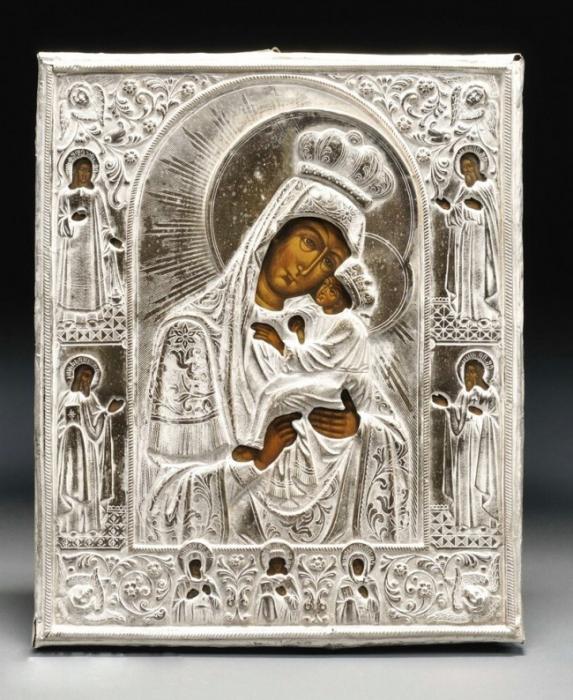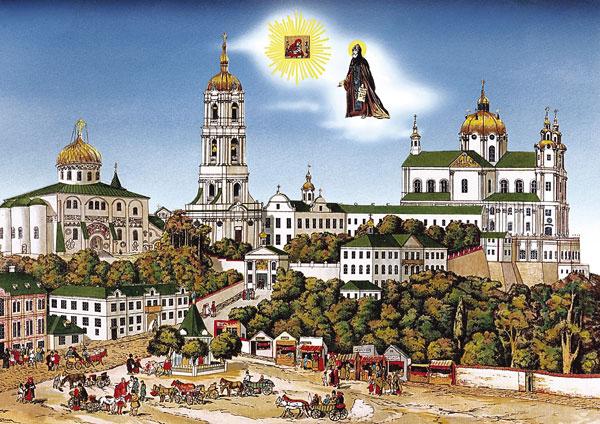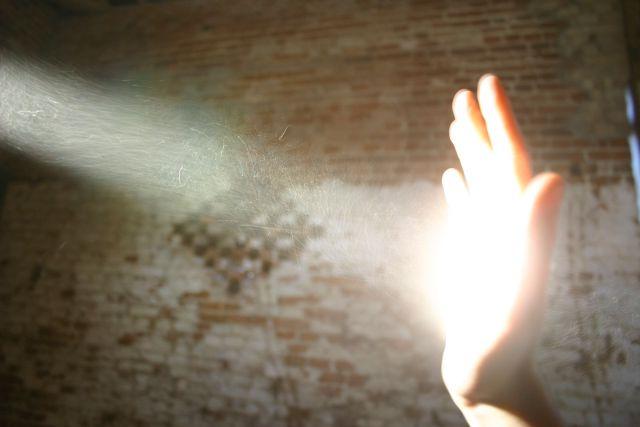I recalled the monologue of Prince Myshkin from the novel by F. M. Dostoevsky "Idiot", where he reflects on atheists. You listen to them, he says, and it seems that everyone is speaking correctly, reasoning correctly, and "not about that." Indeed, it is difficult to argue with a logical and balanced mind. He will give a lot of examples, lay out all the facts, prove the unprovable. But the soul is a completely different matter. It is difficult to describe in words. It is impossible to talk about her. It does not lend itself to logic, there are no laws in it. Because infinity and love are hidden in it. It is only necessary to believe in it. Deep. Silently. Verily. It is hard and easy at the same time. Difficult because a lot of fuss. Our eyes are used to seeing. Our ears are used to hearing, and our hands are used to doing. It is difficult for us to stop and drop these habits. It is difficult for us to let go of our body, to abandon it, to admit that it is our temporary refuge, that the world is just an illusion. It is difficult for us to recognize as real what we cannot reach and touch .... But God helps us in this. He sends us icons - the material embodiment of the soul, near which we can freeze and come into contact with the unknown, but existing. The Pochaev Icon of the Mother of God is one of those great shrines sent to us by the Creator. Let's talk about it in more detail.

It was the year 1240. Fleeing from the Tatar-Mongol invasion, two Orthodox monks go to Volyn. Here, among the dense forests, they find refuge - a small cave in Mount Pochaevskaya. These lands were mostly uninhabited. As time went. The solitary life of the monks took place in fervent prayer for the deliverance of the Russian land from ruin and suffering. Once, one of them, after long prayers, ascended a mountain and saw the image of the Virgin. She stood on a stone, enveloped in a bright flame. He immediately called another monk, and together they became witnesses of a miraculous occurrence. At this time, the shepherd John Bosoy was passing nearby. He saw an unusual radiance from a distance. He ascended the mountain and, together with the monks, fell to his knees and began to glorify God and the Mother of God. The phenomenon soon disappeared. However, the stone on which the Virgin stood was an eternal confirmation of Her descent - a trace of Her right foot remained on it. Since then, this stone has been a source of healing water. Many pilgrims come every year to drink holy water and fill their vessels with it, but the imprint is still full, and the water does not leave. The news of the miraculous phenomenon scattered to all ends of the Orthodox land. The glory of the holy mountain expanded.

At first a small chapel was built. And over time, a stone
Holy Assumption Church and a monastery were erected, which becomes the center for Orthodox believers in the western lands of Russia -
Pochaev Lavra. How is this tradition associated with the miraculous icon? Yes, indeed, the described events occurred long before it appeared in these places, but nothing happens by chance. Various phenomena, our deeds, words and decisions are inextricable links of one chain, which leads us to even greater miracles or, conversely, disappointments. It all depends on what thoughts we have inside. The Pochaev
Icon of the Mother of God itself appeared within the walls of the Lavra as follows. In the middle of the 16th century, a certain landowner Anna Goiskaya lived in Volyn. She was a man of deep faith. Once, the Greek metropolitan Neophytos drove to her. Presumably he was returning from Moscow and stayed at the landowner's house to visit the monastery and bow to the Foot of Our Lady of Sorrows. The landlady received him cordially, and for her sincere hospitality, in blessing, he gave her an old-time icon of the Mother of God. Now it is the glorified Pochaev Icon of the Mother of God.
Anna Tikhonovna put a precious image in a house chapel. However, she soon noticed that an unusual light emanates from the icon and miracles of all kinds occur. Thanks to her, the lame brother of Goi Phillip forever got rid of his ailment. We can say that this is the first recorded fact that the Pochaev Icon of the Mother of God helps. And then the true Orthodox believer decided to give it to the Pochaev monks for eternal storage. She created the so-called “fundus record”, in other words, a gift certificate, according to which she and her descendants undertake to financially provide the monastery with everything necessary and help the monks protect the icon. Those grandchildren and great-grandchildren who in the future refuse the decision will be anathematized and damned. Her nephew, Andrei Firlei, had a chance to feel the will of the God-fearing landowner. By faith, he was a Lutheran, and to his liking - cruel and domineering. He robbed a monastery and brought the icon home, where he kept it for about 20 years. Once during one of the feasts, he invited his wife to dress in the clothes of Orthodox monks and, instead of glorifying the Virgin, shout loudly. So they did for the fun of the guests. The punishment came immediately - a terrible ailment began to torment the woman. Redemption came only when Andrei returned the icon back to the monastery ...

The icon has been in the Pochaev Lavra for hundreds of years. It is known that for only 110 years of being at the Uniates, about 539 miracles were recorded. However, it is not difficult to assume that even during this short time regarding history, not everything was recorded in the chronicle. Miracles continue now. Something remains in the memory of people, some facts pass by. But this does not matter, because the soul of the believer does not really need this evidence. We come to the icon at the behest of the heart to share our joy or sorrow with the Creator, to ask for blessings and help, because He is our only abode. Therefore, hundreds of thousands of pilgrims annually come to the holy spring and the miraculous icon. They pray for the healing of all kinds of ailments, from blindness, for release from captivity, for the cessation of wars, for the admonition of those who refused faith ...